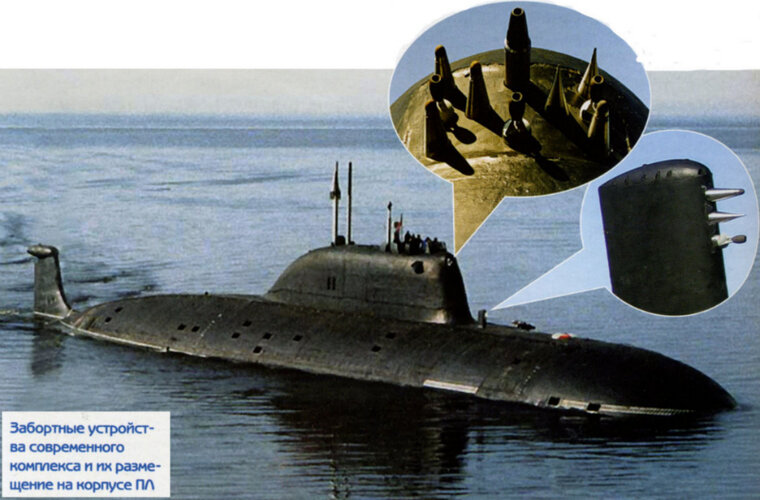- Joined
- 11 March 2006
- Messages
- 8,632
- Reaction score
- 3,228
In a scientific magazine I found an article, explaining that a fish/submarine or everything
else moving under water, is displacing its own weight as a kind of pillar of water, which is
moving to the surface and so changing the water level, relatively to its depth.
(see the sketch as explanation ). This phenomenon is said to be used for the detection of
submarines. I know, that it is of course possible to detect the wake caused by a periscope or
even by a submarine at shallow depth, but I think that’s something different. Here it would
mean to find the “hump” on the water surface. Is this used and if, how is it done over the
constantly changing sea ?
else moving under water, is displacing its own weight as a kind of pillar of water, which is
moving to the surface and so changing the water level, relatively to its depth.
(see the sketch as explanation ). This phenomenon is said to be used for the detection of
submarines. I know, that it is of course possible to detect the wake caused by a periscope or
even by a submarine at shallow depth, but I think that’s something different. Here it would
mean to find the “hump” on the water surface. Is this used and if, how is it done over the
constantly changing sea ?


























